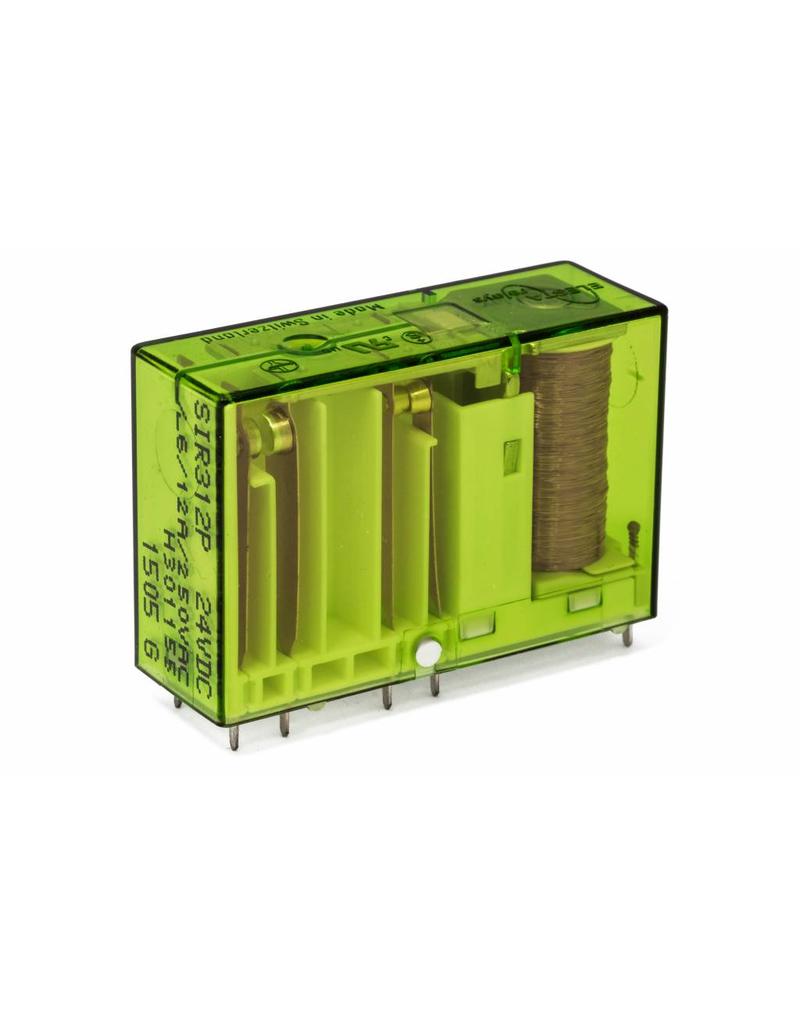Elesta Photo Cell Datasheet


SIS3 Datasheet. Typical application areas for SIS3 relays include sensor technology, photoelectric cells, light curtains, foot mats, railways and frequency changers. AEC offers the full line of Elesta forcibly guided contact safety relays which. The Mini Photocell Light Sensor is a very small photocell. A photocell changes (also called a photo detector, CdS or photoconductive cell) resistance depending on the amount of light it is exposed to. These little sensors make great ambient light triggers.
Many embedded devices need to detect light levels. A low-cost photocell can be used to determine different lighting levels in a room. The photocell seen below can cost under $1 and is available from. The resistance of this type of a (also known as a photoresistor or light dependent resistor (LDR) ) varies with the light level on top of the sensor. Photocells are more sensitive to red and green light levels and not very sensitive at all to blue.
A common application would be to dim an LED automatically in a dark room and brighten it when it is in full daylight so that it is visible, or perhaps just turn on the light when it is dark. The resistance response can vary quite a bit from photocell to photocell (perhaps as much as 50%), so extremely accurate light level measurements are not possible without individual calibration for each photocell.A typical CdS Photocell fromInternal Structure of PhotocellWiringThe easiest way to hookup this device is to use a connected to an analog input pin.
Elesta Photo Cell Datasheet Free
The resistance of the device changes based on the lighting level. Midas gen 2019 crack. This low cost device can measure approximate lighting levels and that is all that is needed in many applications.Schematic of Photocell hookup to an analog inputThe typical way to interface this device is to hook it up to the 3.3 supply and use a 10K pulldown resistor to build a voltage divider circuit as seen in the schematic above. An A/D is then used to read the analog voltage value into the microprocessor. The resistance values and voltages shown in the table below are for the photocell from Adafruit. The photocell from Sparkfun is very similar, but the datasheet lists a maximum dark value of 1MΩ.
Photocell Sensor Switch
Note that the analog voltage response is not linear (closer to a logarithmic response), but it is monotonically increasing. To expand the high light-level readings or for a different photocell, the pull down resistor value may need to change a bit to get the maximum analog voltage swing. A rough rule of thumb for this is R pd = (R min.R max) 1/2, where R min and R max is the region of interest to measure.Light levelAmbient light (lux)Photocell resistanceVoltage across R1Moonless cloudy night - rural area.0001 lux0.2 MΩ3.26VBy checking the value of the analog voltage by using the AnalogIn API on mbed, the light condition can be detected. Recall that the mbed AnalogIn API scales the voltage from 0.0 to 1.0 with 1.0 being an external analog input voltage of 3.3V.Example ProgramAn example program is shown below for the photocells analog output connected to p15 on the mbed LPC1768 using the schematic seen earlier. As the room gets darker, the photocells analog voltage output drops and a PWM output is used to dim one of mbed built-in leds. You can place your finger over the top surface of the photocell to simulate the room getting darker. A cupped hand actually works a bit better since it also blocks light from the sides and bottom.
Photo Cell Home Depot
A similar idea is used to automatically dim the back light leds on mobile device displays to save power and keep them from being too bright in a dark room but still keeping them visible in daylight. Large outdoor signs also do this and some communities even have local ordinances enforcing this to reduce urban light pollution at night.